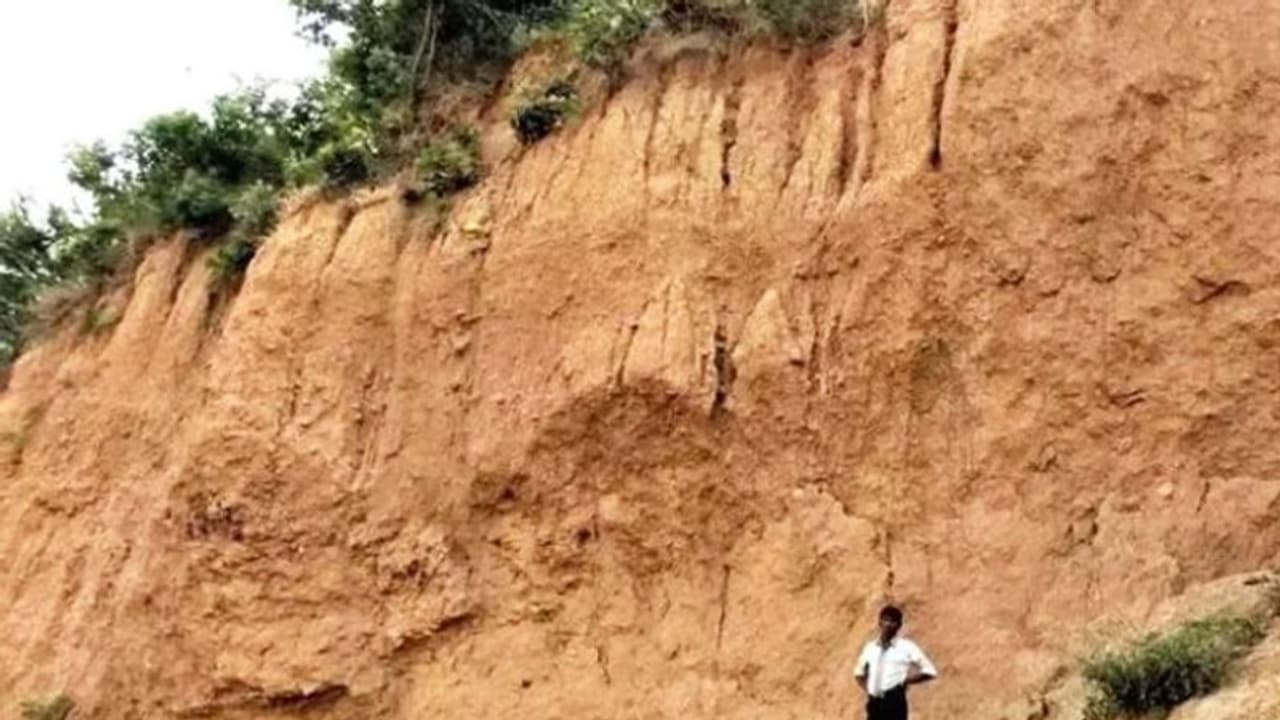Evidence has shown that controlled fired was used in India as early as 30,000 years ago
Bengaluru: The ability to ignite, control and douse fire is indeed a great one.
Evolutionary scientists have found out that such a practice was found near Belan river valley, 80kms from Prayagraj, Uttar Pradesh. This dates back to at least 30,000 years ago.
“Before this, the first reported use of fire in the Indian subcontinent was from 18,000-20,000 years ago. Hearths were found in the same valley, considered the first direct evidence of human use of fire,” Prasanta Sanyal, co-author of the paper being published in Elsevier journal ‘Palaeogeography, Palaeoclimatology, Palaeoecology’, said as reported by Times of India.
Charcoal samples were studied for this purpose.
The website adds that charcoal was a great evidence in this regard.
“You can get charcoal from two sources — forest fires and human-made fires. Say, there was a forest fire in the Himalayas. It could have produced this charcoal, which was transported and deposited. But we found that the internal structure of these charcoal samples was still well-preserved, which could not have happened had they been transported,” Sanyal further said.
Then, there was the topography. The paper says the “gentle slope of the Belan valley and its small catchment area make long distance transportation unlikely.”
Climate patters too were one of the factors in deciding the issue.
The website added that they reconstructed the climate patterns for the last 100,000 years. It turned out that the period the charcoal samples date back to was one of very high rainfall. “Besides, the vegetation was characterised by trees. Both factors are not very conducive to forest fires. You can have a natural forest fire only in dry and arid conditions,” Sanyal said further.
“We concluded that the charcoal in these archaeological sites came from human use of fire,” he noted.
This also goes on to prove that humans had developed the ability to control fire that early itself.
